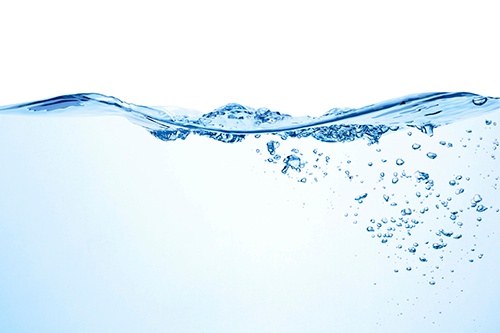
The World Economic Forum now ranks water issues as #1 on their list of worldwide risks. The nonprofit CDP recently highlighted how large-scale investors are moving money away from “traditional” investments and into equities that are meeting the global water scarcity challenge. Water-related risks abound for business. But what’s specifically at issue in the automotive supply chain? What are the main challenges? And are there opportunities in addition to risks?
Supply Chain Water Issues are Complex
Water issues include both availability and quality impacts. These impacts exist in every node of the supply chain, from activities as diverse as overconsumption of “virgin” water in facilities that are not designed for water efficiency or reuse, to energy-related water impacts (there’s a very significant energy-water nexus), to pollution from raw materials extraction and manufacturing processes. Impacts far up the supply chain get carried through all the way to the consumer.
Unlike greenhouse gas emissions, water is always a local/regional issue. Availability may be scarce in one region fed by a certain aquifer while a nearby region fed by another aquifer has adequate supply. Water pollution can carry throughout water catchment areas, which may cross borders but not hemispheres. Therefore, water work must be site/area specific.
Both Risk and Opportunity Exist
Entire automotive supply chains must be assessed for water impacts. Then strategies must be designed to minimize risks and exploit opportunities in sound water management. But it’s not as easy as working with facility managers to fix leaks (although that’s a good start). Many important water issues are not in your company’s direct impacts (impacts related to operations). Rather, they are indirect/embedded impacts (water issues associated with goods and materials bought as manufacturing inputs or indirect purchases).
Leaders in the automotive industry have tackled many water efficiency concerns in operations (and benefitted financially) and then gone on to identify and address embedded water issues with the help of key suppliers, water experts, and NGOs. For example, Eastman Chemical (a supplier of window films and automotive coatings) has been partnering with the Academy of Natural Sciences for many years to identify and address water concerns. Eastman has undertaken a number of water-related projects, which have resulted in:
- Reduced operational costs related to water consumption
- Reduced capital costs related to water processing equipment
- Reduced consumption of and exposure to hazardous chemicals
- Reduced indirect greenhouse gas emissions and water consumption through reduced energy use.
Three Barriers to Success
The sheer complexity of supply chain water management is the largest barrier to true success. Dealing simultaneously with availability and quality is challenging. Aspects like its location-specific nature greatly increase the costs of managing this issue in a global automotive supply chain.
In addition, the lack of transparency/data availability ranks very close behind as a practical barrier. Companies usually can’t quantify the water risks or the economic value of water opportunities in their value chains. In fact, CDP found that only about half of those companies who responded to its water survey could disclose data on at least 75 percent of their water consumption and fewer than one-quarter required their suppliers to do the same.
Finally, lack of board-level and/or senior management leadership on water represents another success barrier. Without this force behind the issue, supply chain managers rarely have the green light to integrate water resource projects into their budgets and sustainability strategies. Leadership from above would improve water’s prioritization in automotive global supply chains.
Get Up to Speed on Water Issues
Fortunately, there are a number of information sources for identifying and addressing supply chain water issues. Many of these include practical tools you can use once you have some water savvy. Do an internet search for the following:
- The World Business Council on Sustainable Development’s Global Water Tool
- The World Resources Institute’s Water Risk Atlas
- The Water Footprint Network
And don’t neglect the expertise and collaboration potential in local water regulators and water treatment providers. Put all of this together to develop your supply chain water management strategy.

Robert Kuhn (robert@kuhnassociatesllc.com) is senior director, Kuhn Associates Sustainability Advisors LLC, focusing exclusively on the intersection between sustainability and global supply chain operations. Kuhn chairs the Institute for Supply Management’s Sustainability and Social Responsibility Committee and serves on the Strategic Advisory Committee of the Sustainable Purchasing Leadership Council.


